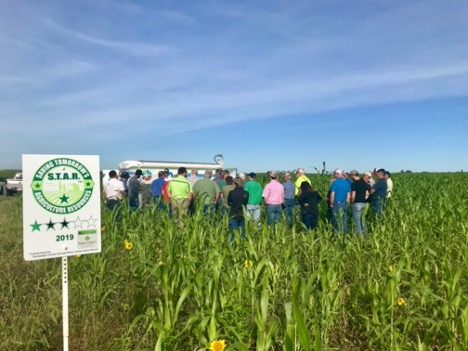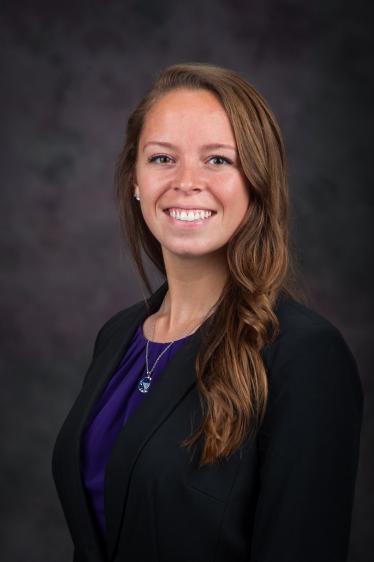ILSOYADVISOR POST
STARting a Plan for Success
To many farmers, planning for next year’s crop is not easy and involves agronomic, financial, business, and legal decisions. Where to start? What factors should be included in the process? Where can improvement be made and how? That’s where it can be important to keep simple, clear records to interpret and measure success that will help map out improvements.
For conservation decisions, specifically, this can be difficult. Measuring soil health is not straightforward and many variables play into it, such as weather, temperature, soil type, etc. So what if we try to make it simple? What if we go field by field, practice by practice, to determine research-based estimates for conservation efforts?
Back in 2016, two farmers in Champaign County were thinking of a way to record their practices field by field that would score their conservation efforts and help plan for next year’s management. They both wanted a tool that would be a systems approach to tracking improvement over time. After multiple discussions, STAR, or Saving Tomorrow’s Agriculture Resources, was developed.
STAR was created by the Champaign County Soil and Water Conservation District in 2017 to meet agricultural goals in the Illinois’ Nutrient Loss Reduction Strategy. Advised by a science committee of industry experts, university researchers, and farmers, the STAR tool assigns points for management activities, translating the STAR score to a STAR Rating of 1 to 5 STARs, with 5 STARs indicating commitment to a suite of practices proven to improve soil health and water quality. This offers farm operators, landowners, and conservation professionals a simple, free, and confidential tool to evaluate conservation and management practices - field by field. STAR is connected to local conservation professionals, covering 70 counties in Illinois, four counties in Indiana, and three states; Colorado, Iowa, and Missouri.
How does a farm operator, or even their technical advisor, know the next step to increase a field’s STAR Rating? The first step is to contact their local STAR representative, if applicable. STAR provides a roadmap to help both the farmer and their representative identify areas of improvement and possibly financial assistance to increase farm resiliency and improved soil health.
Similarly to how STAR was developed, with a need in mind, STAR is evolving to continue to meet the needs of farmers and landowners by making it a simple tool. On July 1, 2021, STAR unveiled the new STAR Web App, a progressive web application providing an efficient way to automate entry for multiple fields seamlessly on phones, desktops, or tablets.
For farm operators and landowners, the STAR Web App intuitively walks through simple questions to calculate their STAR Rating, which is generated immediately. Users then can create an improvement plan by selecting practices that could increase the field’s STAR Rating. Users will also have the choice to indicate if they're interested in receiving local conservation assistance via their county Soil and Water Conservation District, and/or order a free field sign to display their STAR Rating.
For conservation professionals who are STAR Licensees, access to field scores, ratings, reports, and resources are easily accessible. As a technical assistance provider, this can serve as a one stop shop to check if a field may or may not qualify for financial assistance. Additionally, by having a simple rating available, advisors can track improvement and guide a farmer through management planning. It’s not always this simple to know if farmers are interested in implementing new practices or not, so it makes the connection and communication seamless.
Farmers: Get started on your STAR Ratings today and receive resources, connection to assistance, and ability to share your results! Visit www.starfreetool.com. Crop Year 2021 field evaluations will be collected through January 2022.
Technical advisors, CCAs, conservation professionals: Contact us to learn how to use the STAR tool to assist your customers.

Photo credits: Erin Gundy





Comments
Add new comment